On 23 November 2024, Russian Cosmonauts noticed an unusual odor when they opened the hatch to the Soyuz 29 capsule after it docked to their Poisk Module on the International Space Station (ISS). They immediately closed the hatch leading from the Poisk to the rest of the Russian section in the ISS and reported the situation to ground control.
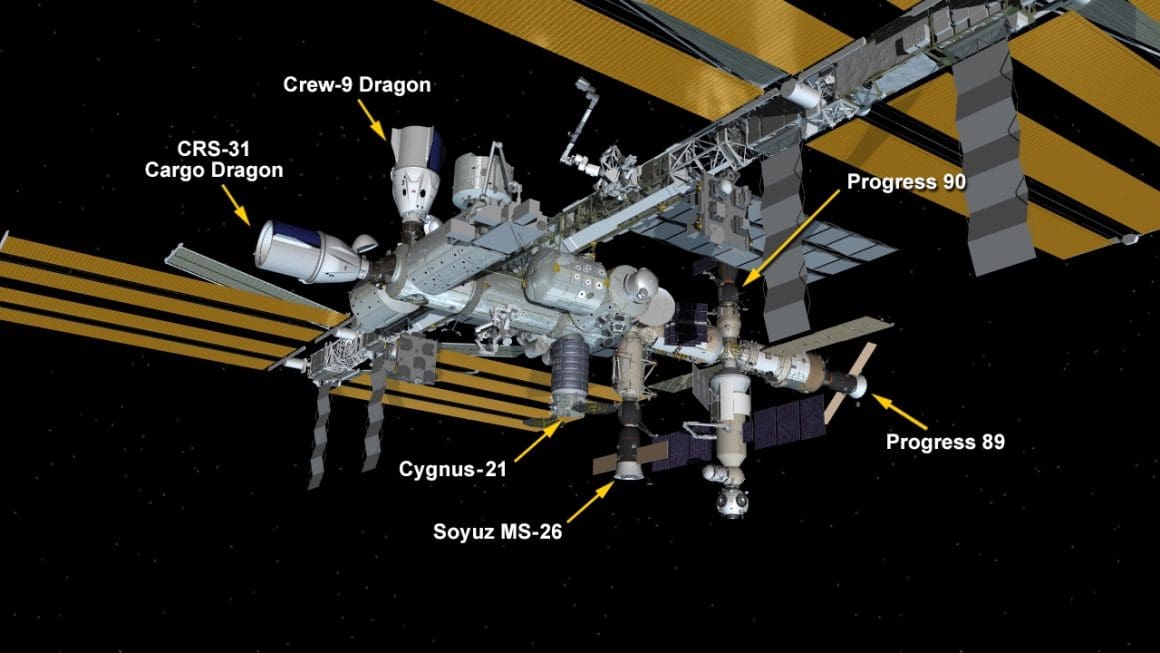
International Space Station Safe According to NASA
Several hours later, NASA released a statement to CNN, reporting that ground controllers “activated air scrubbing equipment as part of normal procedures. The crew reported the odor dissipated quickly and cargo transfer operations are proceeding on schedule.”
Later, Kelly O. Humphries, news chief at NASA’s Johnson Space Center in Houston, reported, “There are no concerns for the crew.”
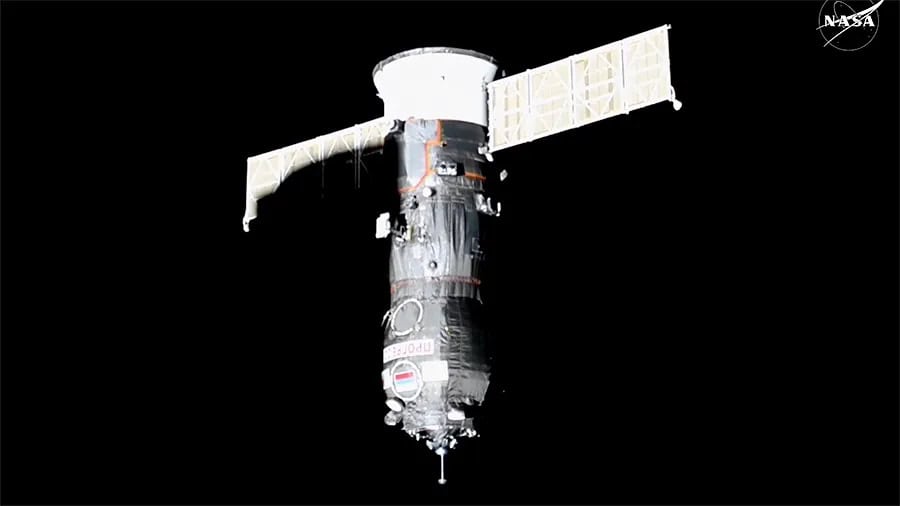
NASA also posted a statement on social media on 24 November confirming that the situation on the International Space Station was resolved: “Air scrubbers and contaminant sensors” confirmed that “air quality inside the space station (was) at normal levels.”
ISS Resupply Mission Almost Flawless
The unmanned Russian Progress 29 spacecraft was named “Progress 90” by NASA for the mission. It launched on a Soyuz-2 rocket from the Baikonur Cosmodrome in Kazakhstan on 21 November, arriving at the ISS two days later. The spacecraft successfully docked with the Russian Poisk module.
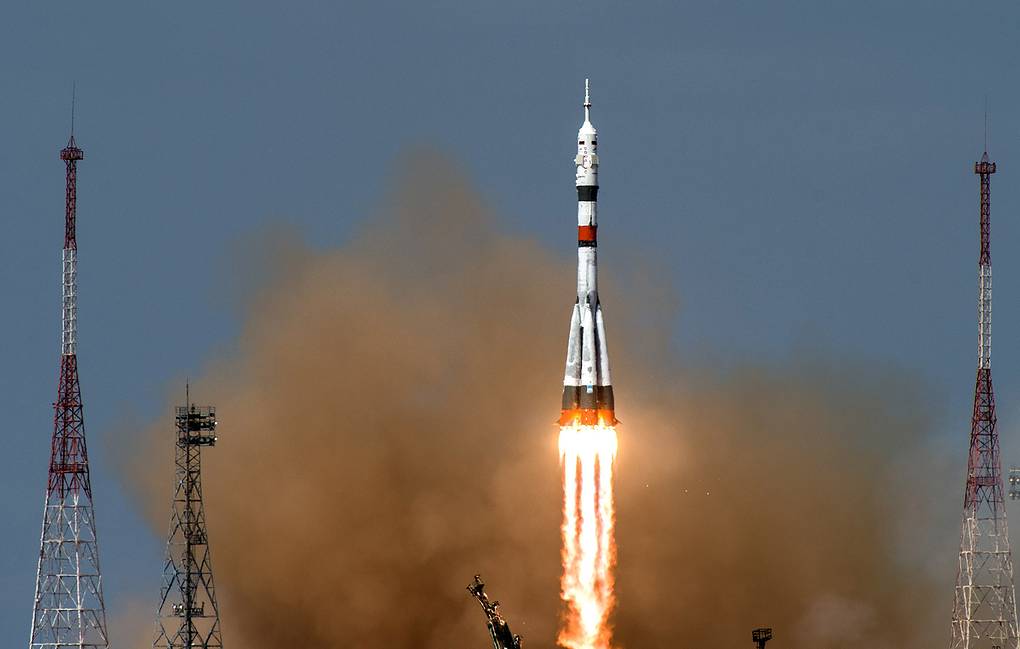
NASA covered the approach and docking on its YouTube channel. During the docking procedure, the NASA spokesman narrating the video said the flight to the International Space Station was, “a perfect ride from launch to docking.” He continued, calling the mission “flawless” and “a great ride.” Everything had gone well until the Cosmonauts opened the hatch to the Progress 29.
Cosmonauts React to Unexpected Odor from Progress 29 Spacecraft
The Cosmonauts reported the smell from the Progress 29 was “toxic” and that they immediately closed its hatch. They also reported seeing droplets of an unknown liquid floating in the air when they opened the Progress 29. An Astronaut in the U.S. Segment of the ISS, also reported a “spray paint-like” smell at the time of the docking, but it was not clear if it came from the Progress 29.
NASA Claims Outgassing Probable Cause of Odor on Spacecraft
NASA officials told CNN the “unexpected” odor probably came from a process called “outgassing” from the cargo on the Progress 29. Outgassing is the release of gasses from cargo and other materials carried on spacecraft.
Outgassing refers to the release of gases or compounds from materials and items transported on spacecraft. Things made of materials like plastics, adhesives, rubbers, and some fabrics may have air pockets or gases they may have absorbed. When these materials encounter the vacuum of space, they can release the gases.
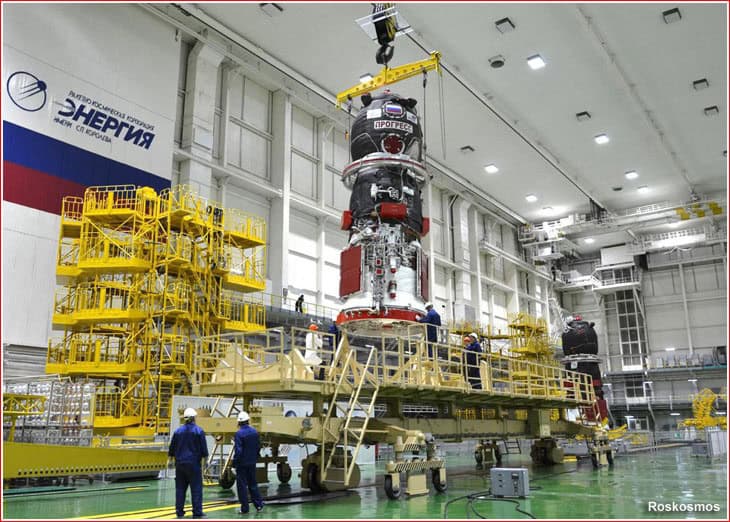
NASA tries to reduce the chance of outgassing by testing items like food, clothing, and equipment. Some of the substances that result from outgassing can be irritating or even toxic which can certainly become a serious issue for crews in space.
Russian Cite Cause of Leaks on Other Missions to International Space Station
This is not the first time Russian spacecraft have had unknown leaks. During the December 2022 mission of the Russian Soyuz-22 to the International Space Station, Cosmonauts saw something leaking outside the spacecraft. They investigated and discovered a coolant leak and noticed a drop in pressure in the coolant system.

At the time of the leak, Cosmonauts were about to perform a spacewalk outside the International Space Station but cancelled it. Russian authorities later stated that micrometeoroids or other space debris may have caused the leak. Micrometeoroids are small bits of rock usually weighing less than a gram and measuring less than a millimeter. There have been no suggestions of this causing the strange smell on the Progress 29.
Some Odors Not Mysterious on International Space Station
The concept of odors on the ISS is not new, but often the crew knows the cause. They live close together in a confined space, sometimes for months. U.S. Astronaut Christina Koch experienced this during the 328 days she spent onboard the International Space Station from 14 March 2019 to 6 February 2020.
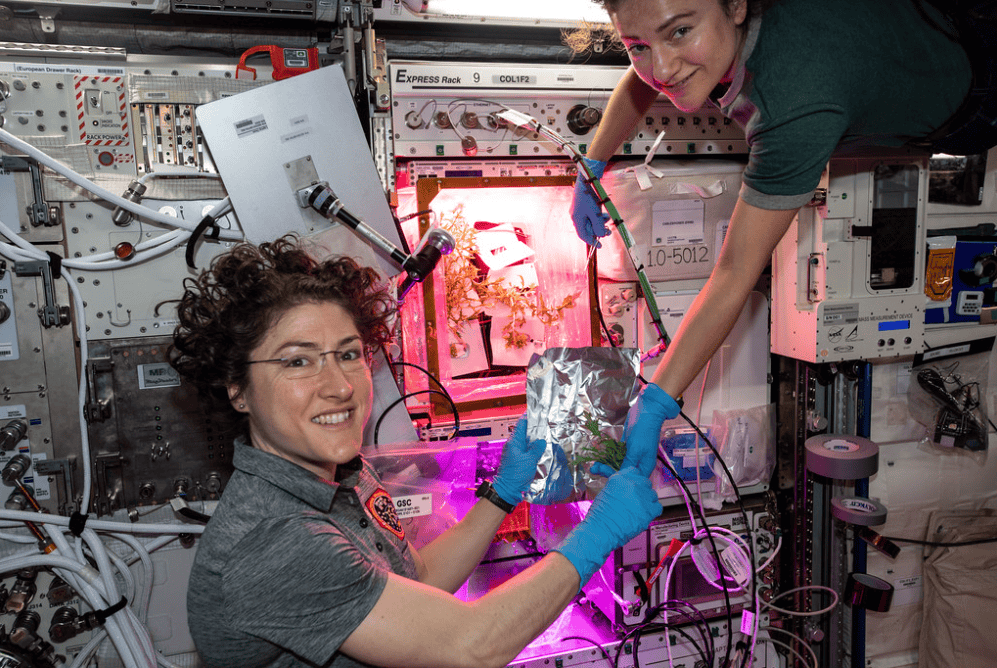
“To be honest, there is nothing on the space station that smells pleasant, other than maybe veggie science,” said Koch. “Yes, the ISS smells like a lab, a gym, a house that six people live in together for months at a time. There is the unique smell of space. Scented lotions/soaps/shampoos are prohibited because they contain chemicals that affect the systems that clean our air. And, of course, an open flame is a bad idea, so no candles.”
Beyond the obvious danger of an unidentified odor on a spacecraft, the Progress 90 mission was critically important. The spacecraft carried about 5,500 pounds of cargo to the ISS. This included fuel, drinking water, compressed nitrogen, food, and clothing, all essential for long-term survival in space.
